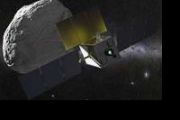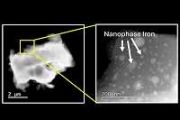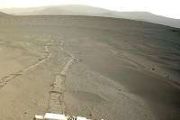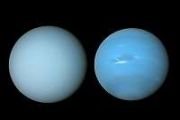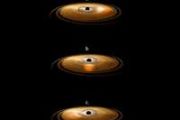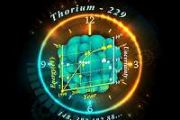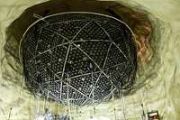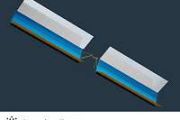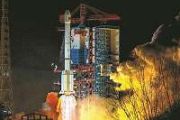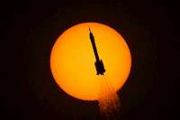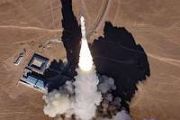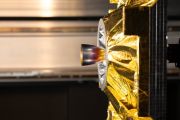
Copernical Team
Forget about Mars, when will humans be flying to Saturn?
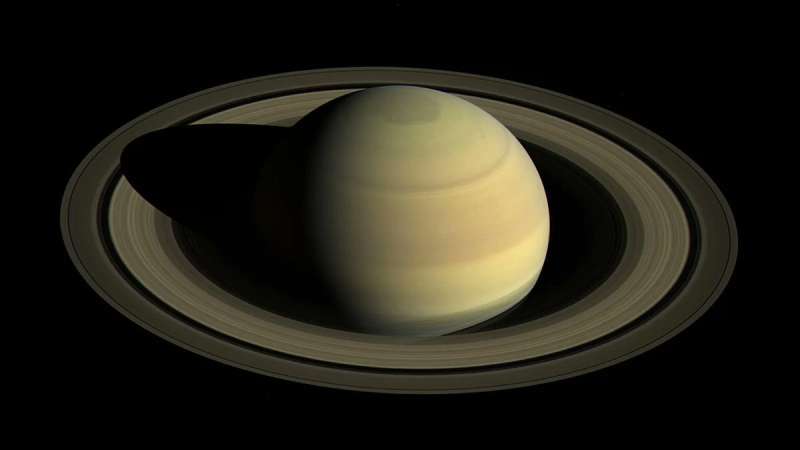
It might be hard to fathom now, but the human exploration of the solar system isn't going to stop at the moon and Mars. Eventually, our descendants will spread throughout the solar system—for those interested in space exploration, the question is only of when rather than if. Answering that question is the focus of a new paper released on arXiv by a group of researchers from the U.S., China, and the Netherlands. Their approach is highly theoretical, but it is likely more accurate than previous estimates, and it gives a reasonable idea of when we could expect to see humans in the outer solar system. The latest they think we could reach the Saturnian system is 2153.
How to even start such a calculation is complicated, so it's best to start at the basics, which in this case involves a bit of calculus. To understand when humans will reach further out in the solar system, the authors needed two variables—distance and time. In this case, distance is defined as the distance from Earth that humans have traveled, and time is defined as having started at the beginning of the space race in 1957 when no human had yet left Earth.
Africa in the spotlight at Living Planet Symposium

We live in uncertain times. The detrimental impacts of climate change are being felt around the world and threatening our future, we are emerging from the global COVID pandemic that halted life as we know it for more than two years, and now the Ukraine crisis is not only a tragedy for those directly affected but its rippling effects are jeopardising energy and food security far and wide. Some nations are able to weather these storms better than others, but a number of countries in Africa, for example, are already on the back foot, particularly when it comes to
Revealing coastline dynamics of the Danube Delta

Hundreds of satellite images spanning 30 years have been compiled to show the evolution of the Danube Delta – the second largest river delta in Europe. These findings were presented today at ESA’s Living Planet Symposium taking place this week in Bonn, Germany.
SNAP spurs Earth observation innovation with one million downloads
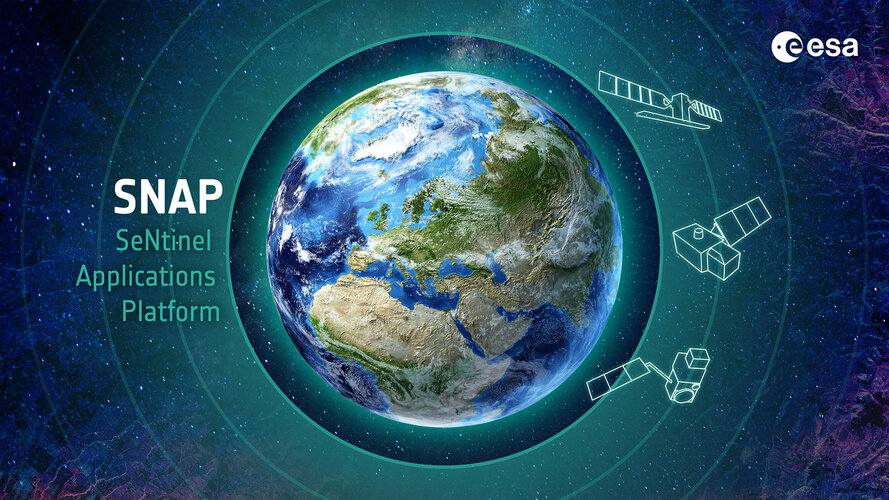
An open-access Earth observation analysis tool that has continued to grow in popularity in the seven years since its launch has now been projected to reach one million downloads, ESA announced today at the Living Planet Symposium.
Mayday and Satellogic collaborate to modernize risk and disaster intelligence
 Satellogic Inc. (NASDAQ: SATL), a leader in sub-meter resolution Earth Observation ("EO") data collection, announced that it has entered into a teaming agreement with Mayday.ai ("Mayday"), a German-based provider of real-time risk and disaster intelligence, to improve and democratize data intelligence for risk and disaster management.
The combined technological capabilities of the two comp
Satellogic Inc. (NASDAQ: SATL), a leader in sub-meter resolution Earth Observation ("EO") data collection, announced that it has entered into a teaming agreement with Mayday.ai ("Mayday"), a German-based provider of real-time risk and disaster intelligence, to improve and democratize data intelligence for risk and disaster management.
The combined technological capabilities of the two comp Satellogic and UP42 team up to offer rapid monitoring capabilities
 Satellogic Inc. (NASDAQ: SATL), a leader in sub-meter resolution Earth Observation ("EO") data collection, has entered into an agreement with UP42, a geospatial developer platform and marketplace enabling direct access to Satellogic's satellite tasking high-resolution multispectral and wide-area hyperspectral imagery via the UP42 API-based platform. The agreement includes the archive of high-fre
Satellogic Inc. (NASDAQ: SATL), a leader in sub-meter resolution Earth Observation ("EO") data collection, has entered into an agreement with UP42, a geospatial developer platform and marketplace enabling direct access to Satellogic's satellite tasking high-resolution multispectral and wide-area hyperspectral imagery via the UP42 API-based platform. The agreement includes the archive of high-fre It’s a kind of MAGIC

With well over 4000 scientists, academics, space industry personnel, institutional stakeholders, data users, students and citizens all gathered at the Living Planet Symposium, this world-renowned Earth observation event is already proving to be a bit like magic, especially after the gruelling two-year COVID pandemic. However, there’s also another kind of magic in the air creating a buzz – no, not the band Queen singing their hit single, but a potential new satellite mission called MAGIC that would shed new light on where Earth’s water is stored and how it moves from place to place.
Accelerators gear up at ESA’s Living Planet Symposium
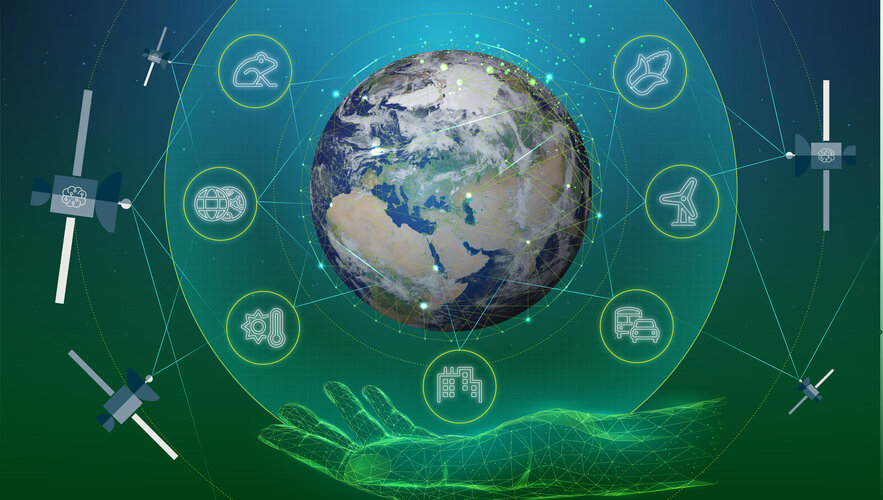
Global climate change is the single most challenging issue faced by humanity – affecting every region, continent and ocean on Earth. It fuels a range of other top-level challenges such as food security, migration, biodiversity loss, risks to human health and economic losses.
This week, at ESA’s Living Planet Symposium taking place in Bonn, high-level ESA representatives, along with a mix of academia and policy experts, came together to discuss ESA’s ‘Space for a Green Future Accelerator’ – a major ESA initiative aiming to accelerate the use of space in Europe.
Human's motion perception revealed by spaceflight: study
 Spaceflight, apart from exploring the unknown universe, can also help us, the inhabitants of Earth, to understand how gravity is affecting our brain in its visual perception.
Humans have evolved under the constant influence of gravity, though normally we don't notice it.
Human brains are selectively tuned to movement patterns initiated by living organisms like our peers, while turnin
Spaceflight, apart from exploring the unknown universe, can also help us, the inhabitants of Earth, to understand how gravity is affecting our brain in its visual perception.
Humans have evolved under the constant influence of gravity, though normally we don't notice it.
Human brains are selectively tuned to movement patterns initiated by living organisms like our peers, while turnin New spin on galaxy rotation saves controversial gravity theory
 An international group of astronomers, led by a physicist at the University of St Andrews, has revived an alternative gravity theory.
Headed by Dr Indranil Banik of the School of Physics and Astronomy at St Andrews, the study revealed a high predicted rotation speed of gas in a dwarf galaxy consistent with the previously debunked theory known as Milgromian Dynamics (MOND).
An earlier
An international group of astronomers, led by a physicist at the University of St Andrews, has revived an alternative gravity theory.
Headed by Dr Indranil Banik of the School of Physics and Astronomy at St Andrews, the study revealed a high predicted rotation speed of gas in a dwarf galaxy consistent with the previously debunked theory known as Milgromian Dynamics (MOND).
An earlier 
